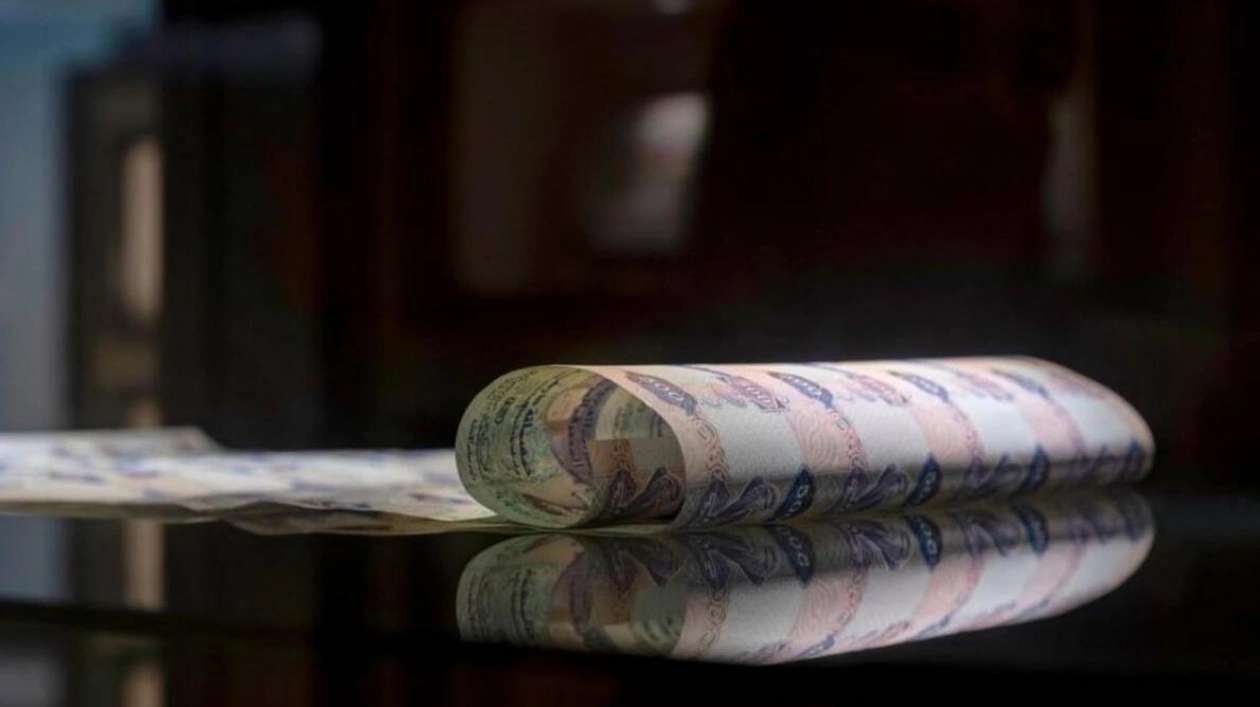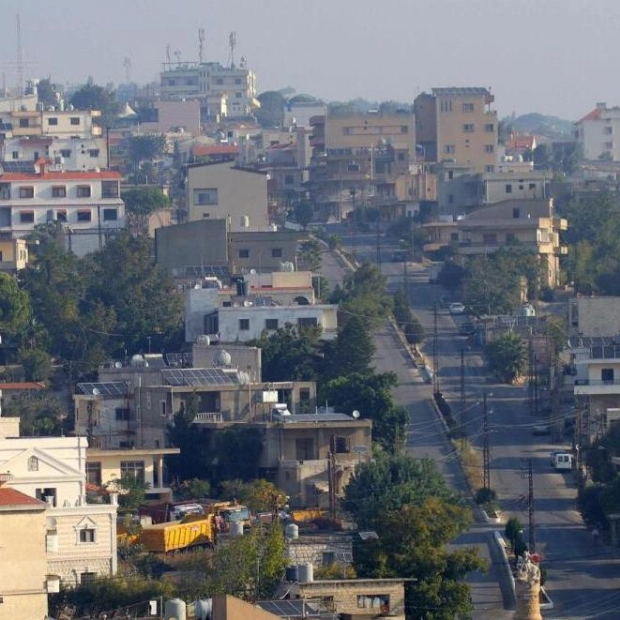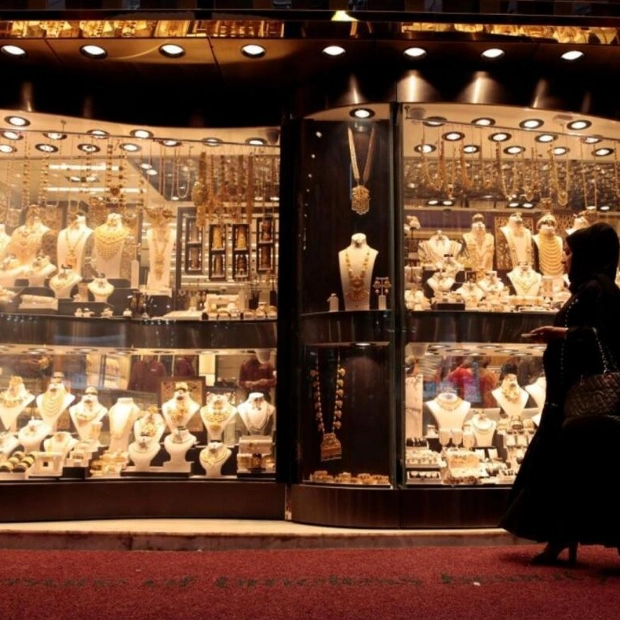The UAE's banking sector boasted liquid assets surpassing Dh800 billion by the end of Q2 2024, as per the recent statistics from the Central Bank of the UAE (CBUAE). The value of these liquid assets stood at Dh801.52 billion at the close of Q2 2024, marking a 20.2 percent year-on-year (YoY) increase, equivalent to Dh135 billion, compared to Dh666.6 billion at the end of Q2-23, according to the CBUAE's Core Financial Soundness Indicators - Q2 2024 report, released today.
The value of liquid assets in the UAE banking sector also saw a 2 percent quarter-on-quarter (QoQ) rise, amounting to Dh14.9 billion, compared to Dh786.6 billion at the end of Q1-2024. The report highlighted that the value of liquid assets in the banking sector constituted 18.9 percent of the sector's total assets of Dh4.244 billion at the end of Q2 2024, up from 18.8 percent at the end of Q1 2024.
The report underscored that the UAE banking system remains well-capitalized, with a total capital adequacy ratio of 18.3 percent at the end of Q2 2024, up from 18 percent at the end of Q1 2024 and 17.9 percent at the end of Q4 2023. This ratio continues to exceed the minimum capital adequacy ratio of 13 percent, which includes a capital buffer of 2.5 percent and a minimum Tier 1 capital ratio of 8.5 percent, as mandated by the Central Bank's regulations in adherence to the Basel III Capital Guidelines, which UAE banks have been following since December 2017.
Regulatory Capital Ratios gauge the amount of a bank's capital as a percentage of risk-weighted assets. A high capital adequacy ratio offers protection for depositors and supports the stability and efficiency of the financial system. According to the Core Financial Soundness Indicators report, the banking sector's Tier 1 Capital Ratio reached 17 percent at the end of Q2 2024, compared to 16.7 percent at the end of Q1 2024 and 16.6 percent at the end of Q4 2023.
The report also noted that the Common Equity Tier 1 capital ratio increased to 15.3 percent at the end of Q2 2024, up from 15 percent at the end of Q1 2024 and 14.9 percent at the end of Q4 2023.






